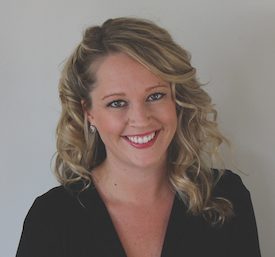It’s been a tough year for the reverse mortgage space. Next week marks the one-year anniversary of the implementation of changes to the HECM program that shook the industry to its core, significantly slashing loan volume.
But the latest report from analytics provider Reverse Market Insight shows that recovery is in the works, even if the pace is slow.
HECM endorsements rose 2.6% in July to a total of 2,907 loans, according to RMI. This pickup is thanks to action on the broker/wholesale side of the business, which witnessed a 12.2% uptick in that month, a notable jump considering it previously weathered five consecutive months of decline.
But even though this is the first time the broker/wholesale side has enjoyed a bump in volume since January, RMI notes that that channel is down an alarming 62.5% from that point.
Retail did not fare as well in July, dropping 3% that month and down 45.5% from January.
While it’s tempting to call the broker/wholesale recovery promising, RMI President John Lunde said it’s not a cause for celebration just yet.
“Broker/wholesale is typically more volatile, so it usually leads the way up and way down,” he told HousingWire. “It also makes it more important in my view to see some recovery in retail for August numbers. If it's just broker/wholesale causing the small increases month to month, then that's less encouraging for the near term.”
While RMI said all lenders experienced declines ranging for 24-73% in July, those operating large call centers seemed to be having less trouble weathering the changes that have pummeled the rest of the industry.
One Reverse Mortgage experienced the least drastic decline at 24%, followed by Live Well Financial at 27.6% and AAG at 37.5%.
“There’s a clear call center theme to that list on first glance,” RMI wrote. “We’re not saying that’s a panacea for the current market conditions, but it’s an obvious similarity among these lenders that are weathering the volume decline better than their peers thus far.”
AAG, which operates a large call center from its Orange, California, headquarters, continued to retain the largest market share at 25.8% despite its recent drop in volume.
Jesse Allen, AAG executive vice president of alternative distribution, agreed with Lunde's assessment that the numbers don't mean much just yet.
“While the RMI report is promising, it’s still too early to say that this signifies a full market recovery," Allen said.
Certainly, the fact that the lender faring best right now lost nearly a quarter of its volume in July is troubling.
Lunde said that while he believes lenders will eventually find a way recover, it will take time.
“Inching up is a good way to describe it,” he said. “I'd compare it to the recovery from Financial Assessment that took so long, which says as long as the demand is there for cash flow in retirement (there is), the capability is there (real estate equity is one of the largest available sources of wealth in retirement), and the product makes sense (HECM less so than ever before but overall there's still a viable value proposition for borrowers), then we'll see continued volume.”
The problem though, Lunde said, is whether there will enough volume to support a niche industry, and that will be the challenge.
But he also said one bright spot is the opportunity presented by the jumbo proprietary loans that have come to market.
“I'd expect we'll see proprietary gain share compared with HECM over the next year as products find use cases that HECM doesn't fulfill. Historically that has been through higher lending limits, but we're increasingly seeing lenders target products at property types that HECM doesn't support and closing cost flexibility in purchase transactions that HECM is very restrictive about.”
Allen agreed.
"Where we are seeing momentum is with our proprietary mortgage products," he said. "There is a lot of interest and excitement in the proprietary market right now, with consumers and partners.”
Lunde said he thinks additional opportunities will emerge to fuel non-HECM volume growth, and that in time non-agency products could overtake FHA’s offering.
“It is likely to be some time before we see a direct head-to-head challenger to HECM, but I'd expect we see that within the next three years as more and more of the borrower use case scenarios are targeted by non-HECM products.”






